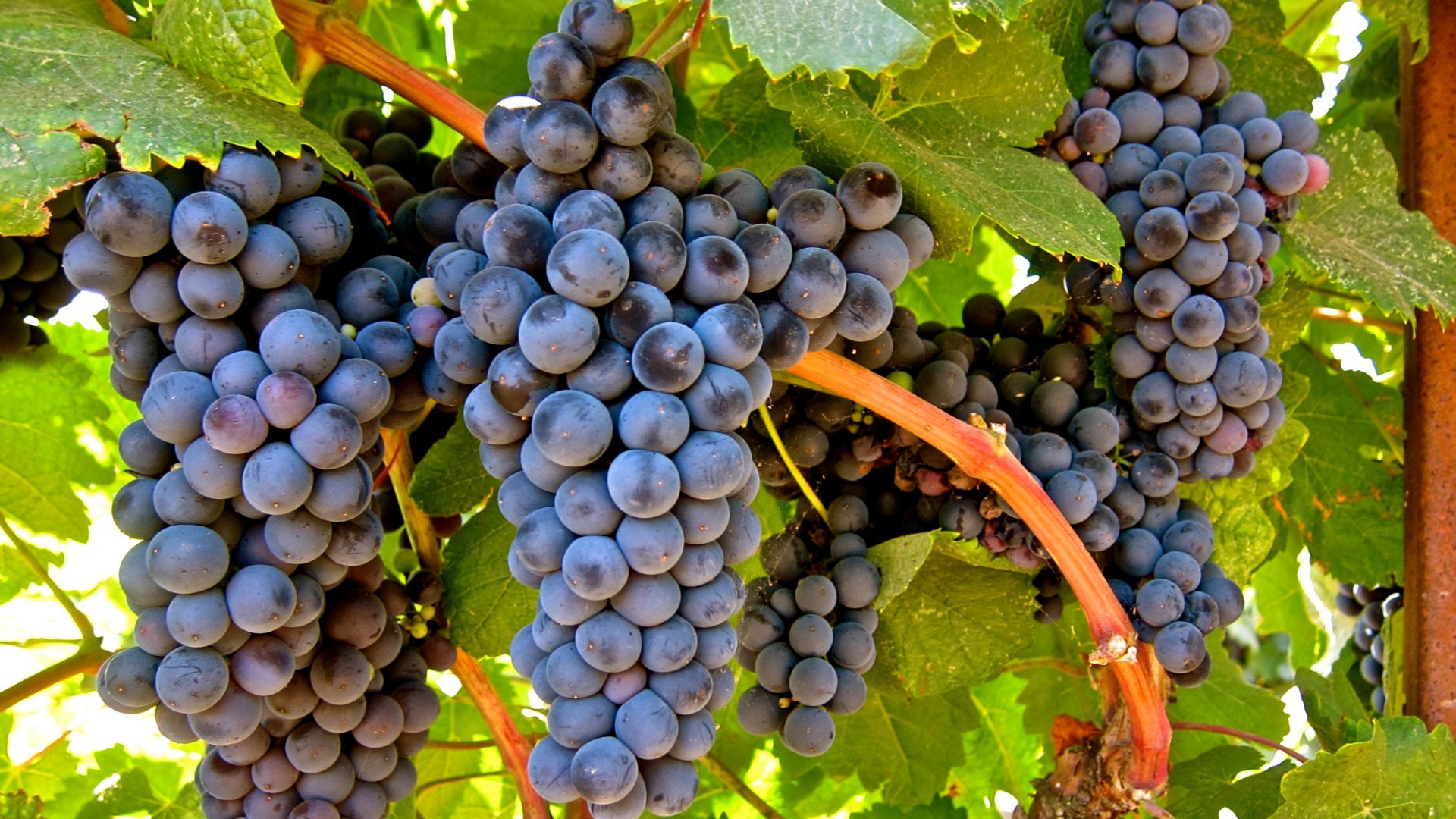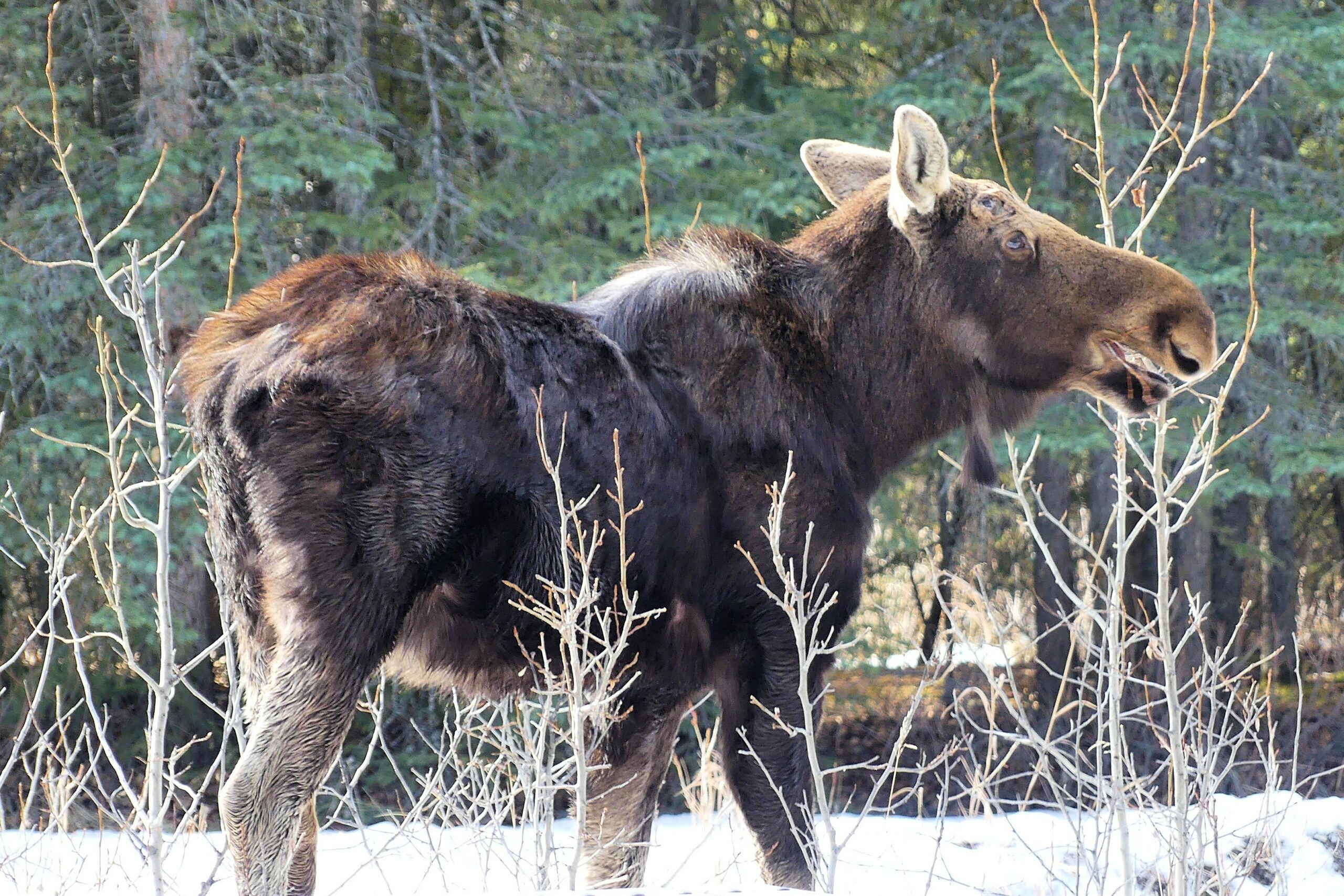Your intrepid liquor reporter was browsing the aisles of my friendly neighbourhood booze merchant last week, when I bumped into one of those in-store tastings hosted by a roving wine rep.
Always eager to broaden my horizons, I sampled the wares, and politely listened to the spiel about the wines in question. Imagine my surprise to find that the wine rep was from Washington state, and was pouring her way across the country to celebrate 50 years of Washington wine.
Yes, gentle reader, unlike the old world wine countries who can boast of centuries of wine history, the modern age of commercial wine production in Washington state began in 1967, with the opening of Chateau Ste. Michelle in the Yakima Valley.
Washington is indeed an enigma in the wine world. When considering Washington, most people will think first of the City of Seattle, followed closely by Starbucks coffee or Amazon.com.
Indeed, while dark roast beans and online shopping may be first thing that comes to mind, the state is divided by the Cascade Mountains, with the big cities on the west coast, and the sparsely populated eastern portion being wine country.
The Cascade Mountains block the moist air from the Pacific Ocean, creating a rain shadow that leaves the eastern slopes very dry, which allows the grapes to flourish. While it may surprise those from a farming background, vineyards do better with very little rain, which forces the vines to work harder to produce a smaller number of more concentrated grapes.
This unique climate caused by the Cascade and Olympic mountain ranges makes the wine regions of Washington similar to a high desert, much like the Okanagan Valley of British Columbia, which lies directly north of the wine regions of Washington.
The geologists in the audience will recognize these contiguous wine regions as the northernmost tip of the Sonora desert, which starts in Mexico, and extends all the way up to British Columbia.
The number of wineries in Washington has grown by over 400% in the past decade, and there are now nearly a thousand operating wineries. Washington is now the #2 wine producer in the USA, but is still far behind the thundering juggernaut known as California.
Thanks to climate change, grapes that could previously only have thrived in sunny California have been slowly migrating northward, and are now prospering in Washington. If you have ever had wines from the Okanagan Valley, most of the same grapes will grow in Washington.
Fifty years have passed since the origin of Washington’s commercial wine industry in 1967, when a ragtag bunch of hippies thought it would be groovy to harvest the natural bounty of mother nature, only to have their small wineries gobbled up by more business-savvy bell-bottom wearing squares in the 1970’s, when the Washington wine industry underwent a rapid and tumultuous expansion.
Popularity grew slowly, with white wines like Chardonnay and Riesling gaining followers in the 1970’s, then the worldwide Merlot craze in the 1980’s, followed by the more robust Syrah and Cab Sauv varietals in the 1990’s.
One uncommon grape that has thrived particularly well in Washington is the Blaufränkisch grape, also known as Lemberger. This grape is native to Austria, and Washington is one of the few locations in the New World with significant plantings. With plenty of tannic structure and blackberry and spice on the palate, Blaufränkisch is adored by fans of big and bold red wines.
The wines of Washington are known for their fruit-forward flavours and crisp acidity. Much of this can be attributed to the climate around the 46th parallel, with the northerly latitude providing long hours of sunlight during the growing season, which results in a well-ripened grape harvest.
Your intrepid liquor reporter particularly enjoyed the Chardonnay and Semillon white wines, which paired particularly well with the fresh oysters that Seattle is well known for. Lightly kissed with oak, the white wines have a buttery and toasted structure, which is nicely balanced by the bright fruit expressions.
As for the reds, Syrah and Cab Sauv single-bottle varietals were the order of the day, but I kept going back to the blends of Blaufränkisch and Cab Franc for the best all-around wines.
Luckily for us here in Alberta, the wines of Washington are well-represented at our local booze merchants, with hundreds of different brands available. Take a wander down the USA aisle at your wine shop, and see than there is more to our southern neighbor than Californian wine!







